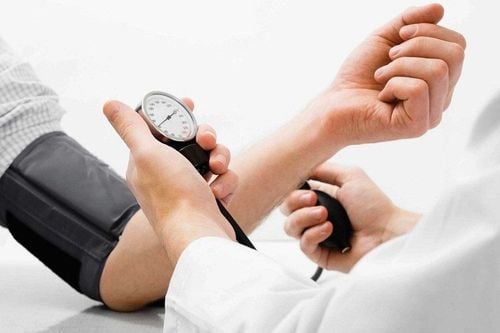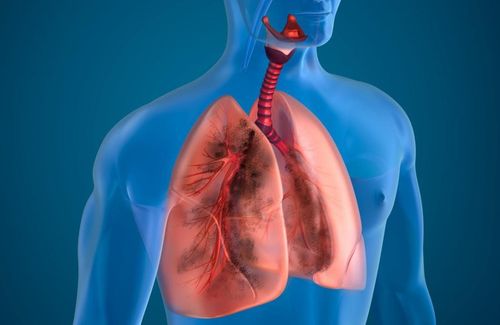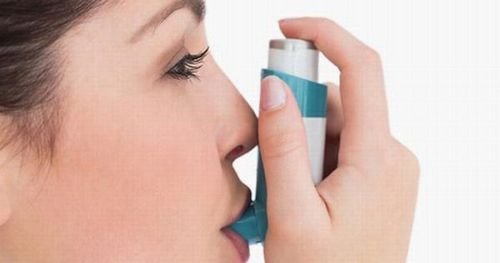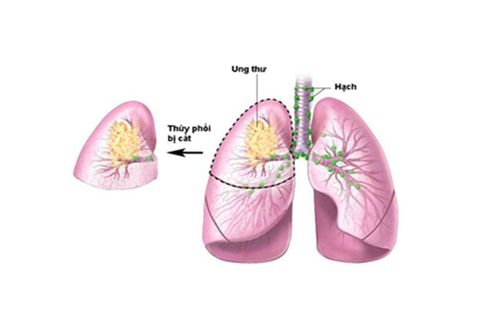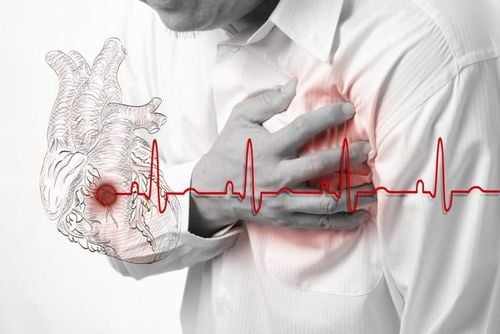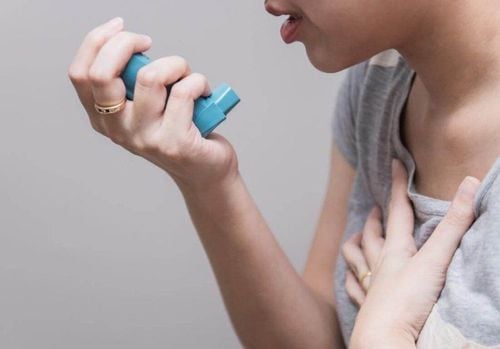This is an automatically translated article.
Bronchial stimulation test is a test to assess the responsiveness of the bronchial system to external factors. This is one of the facilities used to diagnose asthma.
1. What is bronchial irritation test?
The bronchial irritation test is a medical test used to aid in the diagnosis of bronchial asthma. The drugs used in the bronchial stimulation test act to stimulate bronchospasm or narrow the airways.
In addition, bronchial irritation testing can help differentiate asthma from chronic obstructive pulmonary disease.
2. Contraindications to bronchial stimulation test
Contraindications to bronchial stimulation test :
Myocardial infarction or stroke within the last three months Aortic aneurysm Evidence of severe airflow obstruction New severe asthma attack Recently determined Uncontrolled high blood pressure Inability to take a pulmonary function test Upper respiratory tract infection in the last two weeks Are pregnant Breastfeeding Epilepsy Concurrent use of a cholinesterase inhibitor for treatment treatment of Alzheimer's disease and Parkinson's disease.

Người mắc bệnh huyết áp cao chưa kiểm soát được thuộc nhóm chống chỉ định với test kích thích phế quản
3. How is the bronchial irritation test performed?
3.1 Preparation To ensure that the bronchial provocation test is safe and effective, the physician will conduct preoperative evaluations to avoid any possible contraindications.
The duration of a bronchial provocation test can vary depending on the agent used but in most cases it usually takes about two hours from start to finish. Therefore, it is necessary to choose the time when the patient feels most ready and healthy during the day, wearing loose and comfortable clothes.
The bronchial stimulation test can be performed in the respiratory function room of the hospital and is equipped with appropriate tools and support equipment, ready to respond if the worst situation can happen. Of these, the most important is a handheld spirometer connected to a computer to be used by a trained and experienced technician.
In addition, for agents requiring inhalation, a nebulizer attached to a hyperbaric oxygen source is needed to deliver the drug as far as the small airways in the lungs.
If the stimulant is exercise, the patient will need exercise equipment such as a treadmill and wear appropriate clothes and sports shoes.

Máy đo phế dung kế cầm tay được kết nối với máy tính được sử dụng test kích thích phế quản
Before performing the bronchial stimulation test, the patient should not eat or drink too much, but also do not fast, in order to avoid uncomfortable feelings due to being too full or too hungry, which can also irritate the airways, especially when stimulated by exercise.
Moreover, on the previous days, the patient should also avoid coffee, tea, cola, chocolate and some drugs such as beta agonists, bronchodilators, antihistamines because they can affect the reaction. airway.
3.2 Procedure The patient and relatives are clearly explained about the goal, how to perform the bronchial stimulation test The patient is measured vital parameters such as pulse, blood pressure, oxygen saturation, weight and height Respiratory function first recorded with spirometer in stable condition Patient is exposed to irritant. For inhaled agents, patients are administered with a nebulizer, starting with a low dose titration and gradually increasing the dose if no response has been observed. For an exercise stimulus, the patient will be instructed to jog on a rolling mat to reach a target heart rate. During this process, regularly evaluate symptoms of bronchospasm such as dyspnea, wheezing, chest pain, and blood oxygen saturation index. Respiratory function was recorded for the second time.
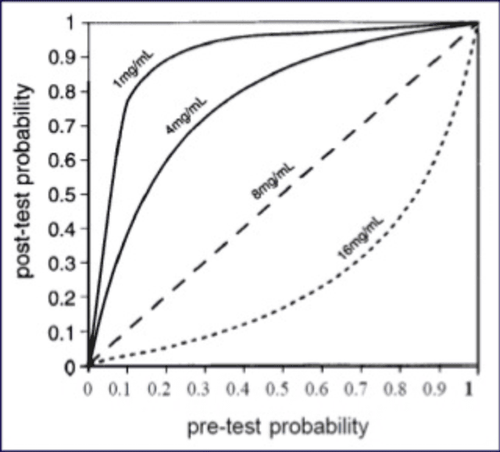
Kết quả test kích thích phế quản chẩn đoán hen
3.3 Termination After respiratory function is recorded for the second time, the patient can breathe normally again.
Patients are only allowed to leave when they are absolutely sure that they do not experience any asthma symptoms.
If there is wheezing, shortness of breath or cough after the test, the patient should be continued to be monitored and have appropriate management measures such as local or systemic bronchiectasis.
In summary, a positive bronchial irritation test is of definitive diagnostic significance in asthma. Furthermore, a negative result can help rule out this pathology and lead to other diagnoses. However, in order to test bronchial stimulation with the highest reliability, it is necessary to follow the correct principles and exclude contraindications to ensure patient safety.
To register for examination and treatment at Vinmec International General Hospital, you can contact Vinmec Health System nationwide, or register online HERE.
SEE MORE
Asthma can be cured completely? Can chronic bronchial asthma be completely cured? Risk factors for bronchial asthma




